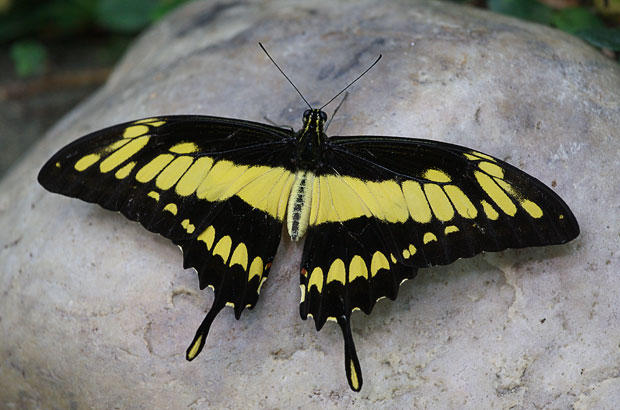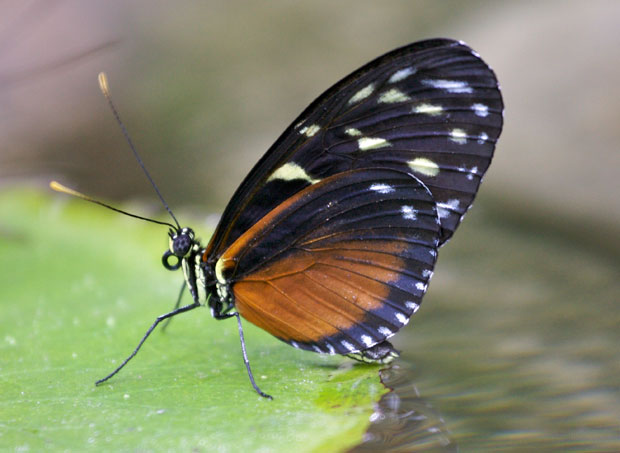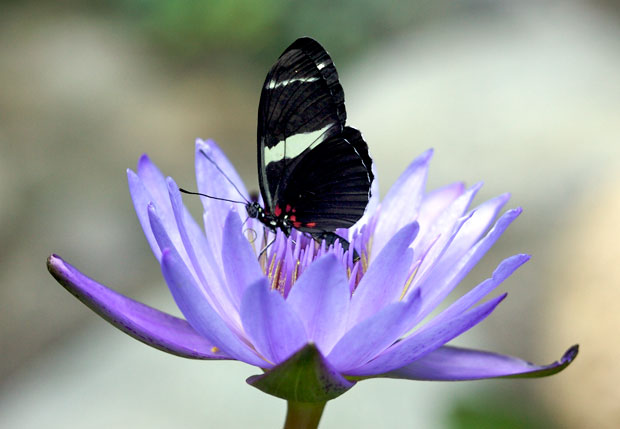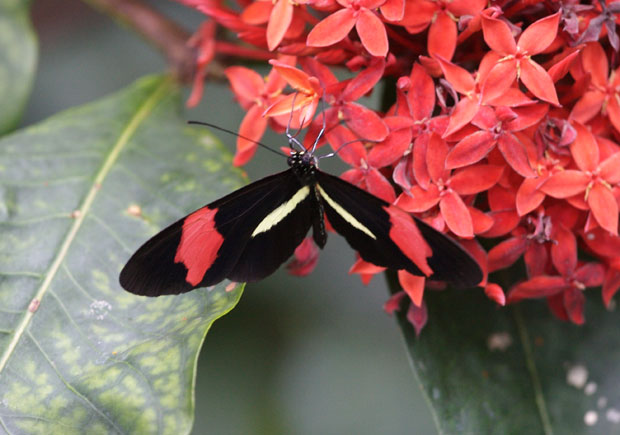I’ve finally finished my extended look at Taoism, and since the extended forecast calls for rain and more rain, which means very little birding, I’m looking forward to catching up on the stack of poetry books that I have gathered in anticipation of winter reading.
I’m going to begin with Hayden Carruth’s Toward the Distant Islands, a book I ordered after Dave Bonta suggested it on his site and Mike had suggested earlier. One of the greatest advantages of blogging turns out to be the suggestions that regular readers make on books or poets I might like.
It seems slightly ironic, though, that the first poem in the book is entitled “The Buddhist Painter Prepares to Paint” and I liked the poem, written in 1959, quite a lot, even though I don’t think I knew a single thing about Buddhism when it was written. There were so many poems that I liked that I had hard time deciding which to discuss, though in the end it came down to a poem about one of my favorite birds, one that I hardly ever see but one that’s linked to fond memories:
THE LOON ON FORRESTER’S POND
Summer wilderness, a blue light
twinkling in trees and water, but even
wilderness is deprived now. “What’s that?
What is that sound?” Then it came to me,
this insane song, wavering music
like the cry of the genie inside the lamp,
it came from inside the long wilderness
of my life, a loon’s song, and there he was
swimming on the pond, guarding
his mate’s nest by the shore,
diving and staying under
unbelievable minutes and coming up
where no one was looking. My friend
told how once in his boyhood
he had seen a loon swimming beneath his boat,
a shape dark and powerful
down in that silent mysterious world, and how
it had ejected a plume of white excrement
curving behind. “It was beautiful,”
he said.
The loon
broke the stillness over the water
again and again,
broke the wilderness
with his song, truly
a vestige, the laugh that transcends
first all mirth
and then all sorrow
and finally all knowledge, dying
into the gentlest quavering timeless
woe. It seemed
the real and only sanity to me.
The first time I ever heard a loon’s cry was on the first backpacking trip my children went on after my divorce. We woke to the loon’s haunting cry early in the morning, and truthfully I had no idea what it was for many years. When I finally heard it again for the first time in On Golden Pond, I knew immediately that was the same sound I had heard many years before. I didn’t hear it again until my son and I drove to Alaska to see my brother many years later.
Small wonder, then, that I, too, identify that delightful, frightening, haunting sound with Wilderness. It is such a strange, distinctive sound that one could well imagine that is “truly a vestige” of a past that is quickly receding as civilization heads into the future, with only a few of us who believe it was the “the real and only sanity.”
Like this:
Like Loading...




